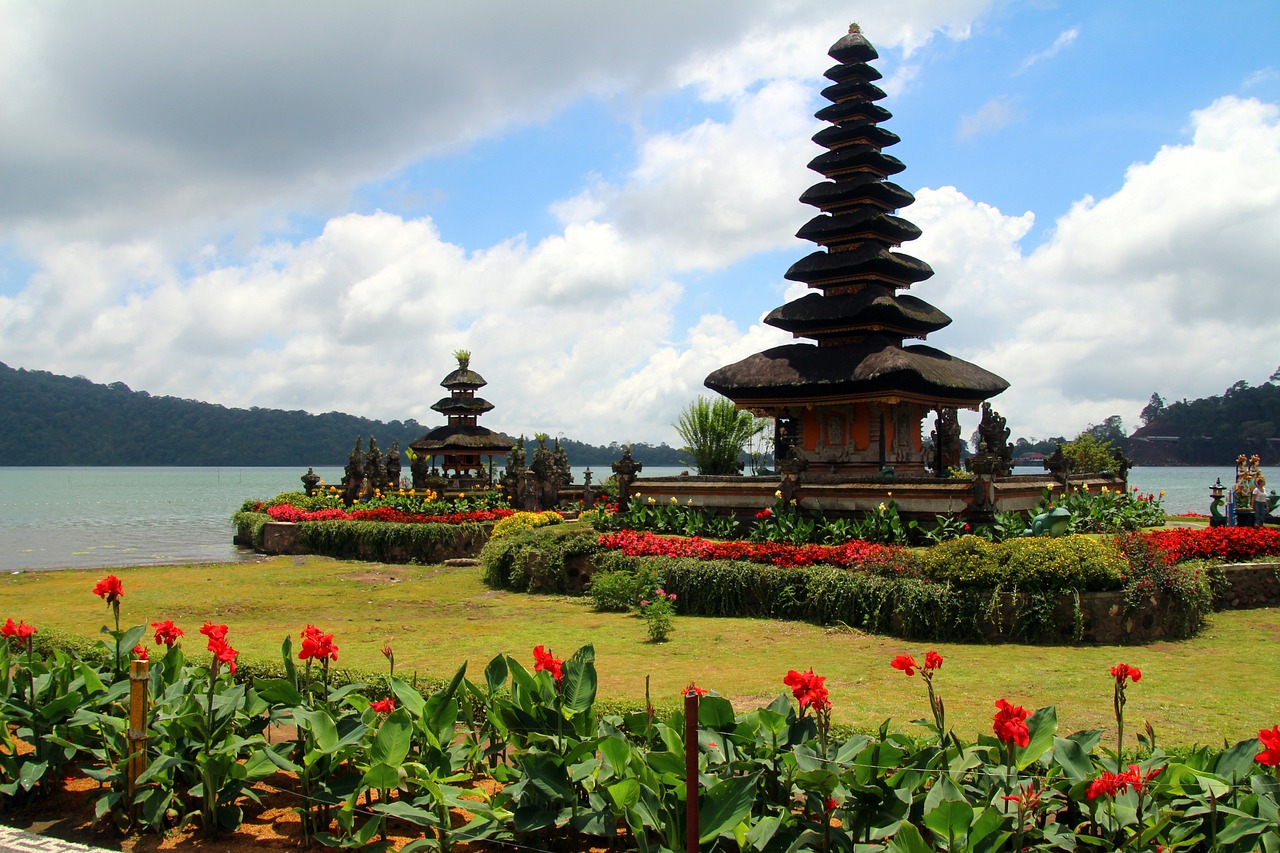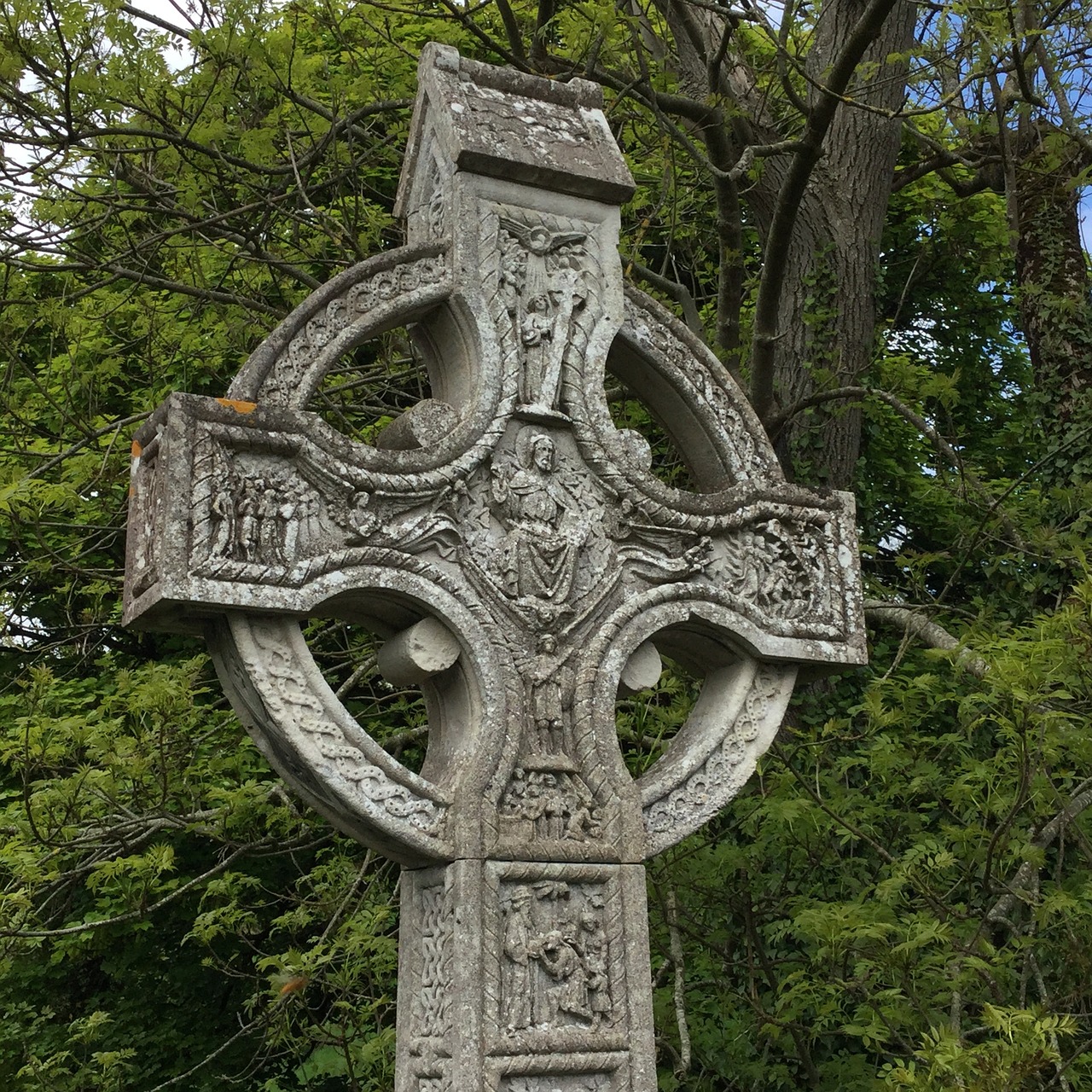Celtic Mythology
-

Ah, the intertwined concepts of mother figures and mythology. It is a theme that resonates through numerous mythological narratives across cultures. Prominent examples include Isis and Mut from Egyptian mythology, Parvati in Hindu traditions, and Rhea in Greek mythology, with her Roman counterpart being Ops. The presence of a mother goddess at the forefront of…
-

Learning how to pronounce the name Niamh correctly can be quite important, especially if you encounter it in everyday conversation or in literature. Niamh, a name with deep Irish roots, is often pronounced as “Neev.” This name, derived from Old Irish, is predominantly used as a feminine given name and is associated with characteristics such…
-
Taranis stands out as a fascinating and formidable entity within the Celtic pantheon. As the god of thunder, lightning, and storms, he is characteristically depicted alongside a wheel, which symbolizes the celestial aspect of thunderstorms and may indicate a connection to the cycles of nature. Understanding Taranis Taranis: The Wheel God The title of the…
-

The tales of Fionn Mac Cumhaill are ingrained in Irish mythology, captivating the imaginations of many since childhood. Known alternatively as Finn McCool, the stories that celebrate his legendary escapades abound, stretching from the enchanting Giant’s Causeway to the remarkable Salmon of Knowledge. This article delves deeply into the life and adventures of this iconic…
-

Ancient Celtic symbols hold significant value in both Irish and Scottish cultures, embodying various aspects of life and spiritual beliefs. These symbols feature prominently in diverse forms of art, jewelry, and other artifacts cherished by those of Celtic ancestry. Some of the most recognized symbols include the Claddagh ring, the Celtic knot, the Triquetra, the…
-
Grannus, the Celtic God, plays a crucial role in Celtic mythology, representing the elements of the sun, healing, and light. His reverence grew throughout Europe, influenced by Roman cultural practices, particularly visible in the communities surrounding the thermal springs of Aquisgrán in Germany. Grannus is commonly recognized through his association with horses and a chariot…
-

Epona – The Celtic Equine Deity A sacred offering has been prepared for you, revered Mother. This animal, chosen as a sacrifice, is dedicated to you, Epona, horse goddess. This offering, intended for your satisfaction, also honors Potia. We present it in reverence to you, ensuring your contentment. Through this sacred sacrificial act, swift Epona,…
-
Nechtan: The Water Deity of Celtic Lore Previously, we explored the figure of Boann, the goddess of rivers. Now, we shift our focus to her consort, the Celtic deity Nechtan. In Celtic mythology, Nechtan takes on various interpretations, but for our discussion, we will concentrate on the tales specifically naming him Nechtan. He occupies a…
-

Fionn Mac Cumhaill is a prominent figure in Irish mythology, known for his role as a brave warrior. His tales are vividly depicted through various legends, particularly within the Fenian Cycle, a significant anthology of Irish mythological literature that chronicles his many exploits. Among the most captivating stories is that of Fionn Mac Cumhaill and…
-
The Morrígan: Goddess of War, Death, and Fate Overview The Morrígan is a prominent figure in Irish mythology, symbolizing war, death, and fate. Known for making appearances before significant battles, she provided prophecies and acknowledged heroes and deities. Often visualized circling the battlefield in a raven form, she would feast on the fallen, but could…


